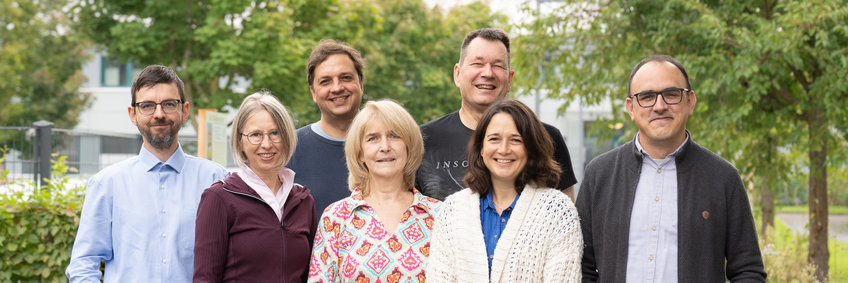
Imaging Facility
The Imaging Facility maintains a diverse park of advanced light microscopes and software, which permits to acquire and analyze images of various live and fixed objects of interest, from sub-diffraction (“super-resolution”) to whole-organ scales. Imaging Facility provides training and advice on sample preparation, operation of microscopes and image analysis, and participates in method development.
Why fluorescence microscopy?
Thanks to the tremendous progress in instrumentation, software, and molecular “tools” (genetically encoded fluorophores, ion sensors etc.), fluorescence microscopy has become a key “stand-alone” technology in modern life sciences. Fluorescence microscopy can be used to specifically visualize almost any structure of interest. Details smaller than the limits imposed by conventional optics can be visualized by recently developed “super-resolution” techniques. In many cases, dynamic non-invasive observations of live objects are possible, and quantitative data can be extracted, including information on concentration, specific interactions and mobility of the molecules of interest.
Overview
10 advanced light microscopes are available at the Imaging Facility, as well as accessory equipment and image processing tools. The instruments permit image acquisition at the scales ranging from “super-resolution” (<100 nanometers) to whole organ (few millimeters).
We support over 80 active users from MPI-IE in image acquisition and analysis. Besides routine individual training sessions on the usage of microscopes and image analysis programs, the Imaging Facility spreads knowledge on microscopy techniques and relevant applications at the seminars, courses and other events, for instance, providing theoretical and practical training in light microscopy for PhD students within the IMPRS program of the Max Planck Society. We organize demonstrations and trials of novel microscopy software and hardware at the MPI-IE.
The Imaging Facility interacts extensively with other microscopy communities throughout Germany and Europe. It is a member of the German Society for Bioimaging and Image Analysis, Max Planck BioImaging Core Units Network and Microscopy and Image Analysis Platform (MIAP), the regional tri-national network for scientific infrastructure of imaging-based life science sites). Participation in these networks gives MPI-IE members access to a wide arsenal of cutting technologies which are not available in-house, Furthermore, these networks facilitate exchange of expertise between core facilities and scientists who develop methods for microscopy and image analysis, and provide access to training and workshops by leading experts in these areas.